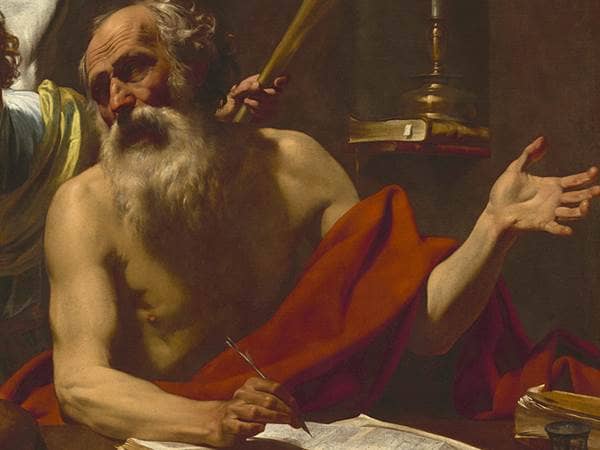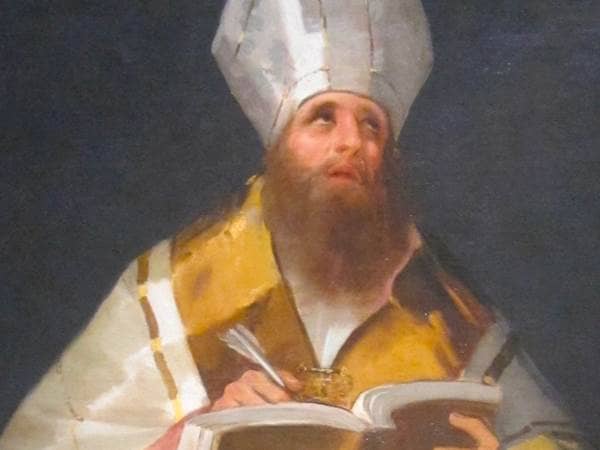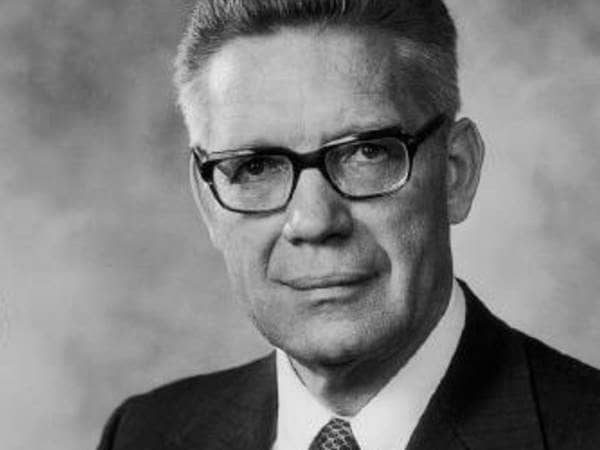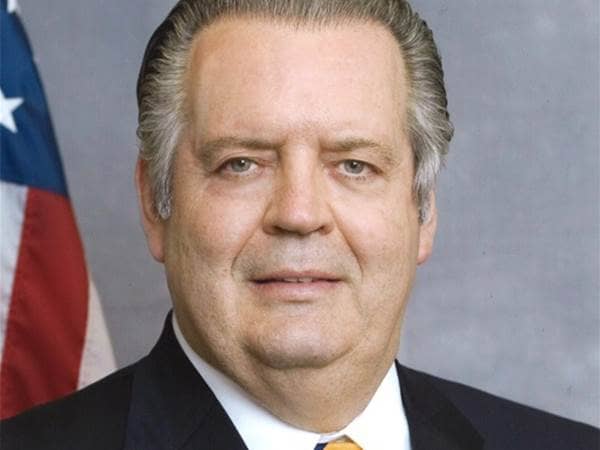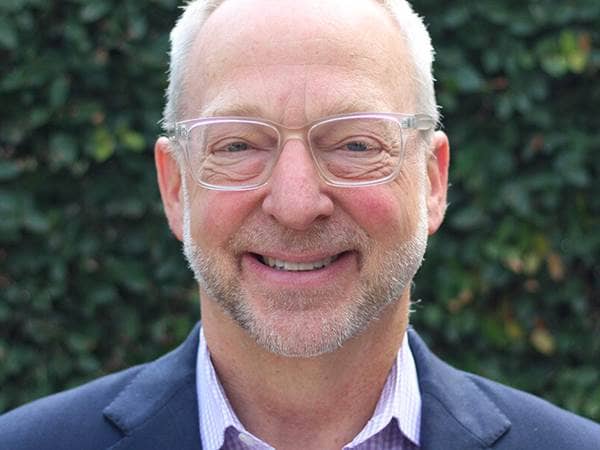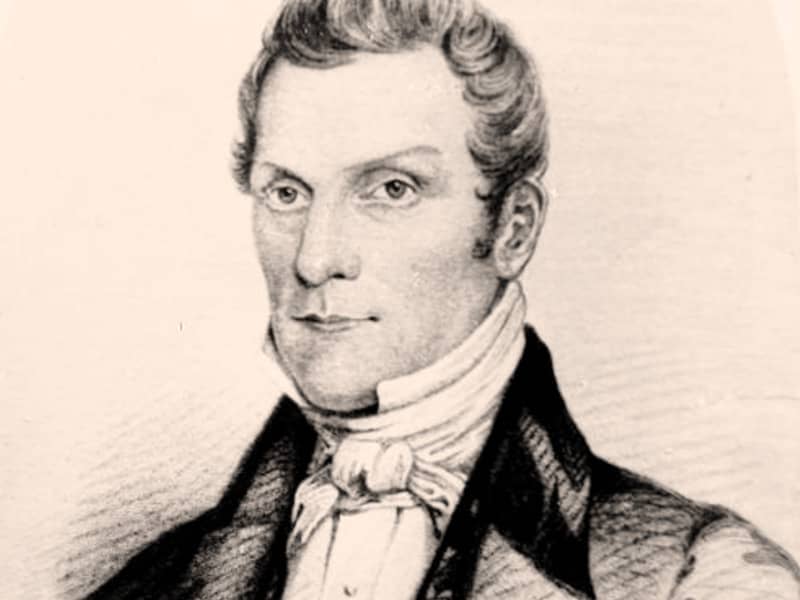
- Profession: 1st Patriarch of LDS Church
- Lived: 1800-1844
- Nationality: American
- Known for: Joseph Smith's brother
- Fun Fact: Hyrum had eight children with two different wives.
- Fun Fact: Smith attended Dartmouth College in his teens.
Hyrum Smith was an American religious leader in the Church of Jesus Christ of Latter-day Saints, the original church of the Latter-day Saint movement. He was the older brother of the movement's founder, Joseph Smith.
Smith was a close advisor and confidant to his brother Joseph as the latter produced the Book of Mormon and established the Church of Christ. In June 1829, Smith was baptized in Seneca Lake, New York. He was one of the Eight Witnesses who swore to the reality of a set of golden plates inscribed with the Book of Mormon. He also said he saw the angel Moroni. When the Church of Christ was organized on April 6, 1830, six men signed their names as charter members; at 30, Hyrum was the oldest of the six. Smith served as presiding officer of a church branch in Colesville, New York, and was one of the first Latter-day Saint missionaries in the surrounding area.
After relocating to Nauvoo, Illinois, Smith became the church's Presiding Patriarch, a position first held by his father, Joseph Smith Sr. He also replaced Oliver Cowdery as Assistant President of the Church. In this capacity, Smith acted as President of the Church in Joseph's absence as was designated to be Joseph's successor if he were killed or incapacitated. Although Hyrum Smith was never explicitly ordained to the priesthood office of apostle, his appointment as assistant president may have included such authority.
After staggering back, another ball fired through the window, struck him in the back, passed through his body, and struck his watch in his vest pocket. As Smith fell to the floor, he exclaimed, "I am a dead man," as he died. Taylor was struck by several bullets but survived with the help of Richards. Joseph was hit by at least two shots, exclaimed "O Lord, My God," and fell through a second-story window to the ground where he was shot again.
Smith's descendants have played significant roles in the history of The Church of Jesus Christ of Latter-day Saints. Joseph F. Smith, his son by Mary Fielding Smith, served as president of the LDS Church from 1901 to 1918, while his grandson, Joseph Fielding Smith, also served as president of the church from 1970 to 1972.
His eldest son, John Smith, served as the church's Presiding Patriarch from 1855 to 1911. John Smith's descendants held this post from 1912 to 1932 and from 1942 to 1979, when the office was effectively discontinued and the incumbent, Eldred G. Smith, was given the title patriarch emeritus. M. Russell Ballard, the current Acting President of the Quorum of the Twelve Apostles of the LDS Church, is also a direct descendant of Smith. In 1918, Smith's descendants erected a monument to him in the Salt Lake City Cemetery.
Early Life and Church Service
Hyrum was born in Tunbridge, Vermont, the second son of Joseph Smith Sr. and Lucy Mack Smith. Smith received a limited education and established himself as a farmer. Smith attended Dartmouth College in his teens. He would ultimately father eight children with two wives.Smith was a close advisor and confidant to his brother Joseph as the latter produced the Book of Mormon and established the Church of Christ. In June 1829, Smith was baptized in Seneca Lake, New York. He was one of the Eight Witnesses who swore to the reality of a set of golden plates inscribed with the Book of Mormon. He also said he saw the angel Moroni. When the Church of Christ was organized on April 6, 1830, six men signed their names as charter members; at 30, Hyrum was the oldest of the six. Smith served as presiding officer of a church branch in Colesville, New York, and was one of the first Latter-day Saint missionaries in the surrounding area.
After relocating to Nauvoo, Illinois, Smith became the church's Presiding Patriarch, a position first held by his father, Joseph Smith Sr. He also replaced Oliver Cowdery as Assistant President of the Church. In this capacity, Smith acted as President of the Church in Joseph's absence as was designated to be Joseph's successor if he were killed or incapacitated. Although Hyrum Smith was never explicitly ordained to the priesthood office of apostle, his appointment as assistant president may have included such authority.
Death and Descendants
When warned of possible danger, Joseph urged Smith and his family to flee to Cincinnati, Ohio. Smith refused and, in 1844, traveled with Joseph to Carthage, Illinois, where both were charged with riot and treason. Hyrum, John Taylor, and Willard Richards were held awaiting trial in a jail in Carthage. On June 27, 1844, the building was attacked by a mob of between 60 and 200 men. Hyrum was shot and died immediately while attempting to barricade the door to prevent the crowd from entering. Joseph was shot in the face.After staggering back, another ball fired through the window, struck him in the back, passed through his body, and struck his watch in his vest pocket. As Smith fell to the floor, he exclaimed, "I am a dead man," as he died. Taylor was struck by several bullets but survived with the help of Richards. Joseph was hit by at least two shots, exclaimed "O Lord, My God," and fell through a second-story window to the ground where he was shot again.
Smith's descendants have played significant roles in the history of The Church of Jesus Christ of Latter-day Saints. Joseph F. Smith, his son by Mary Fielding Smith, served as president of the LDS Church from 1901 to 1918, while his grandson, Joseph Fielding Smith, also served as president of the church from 1970 to 1972.
His eldest son, John Smith, served as the church's Presiding Patriarch from 1855 to 1911. John Smith's descendants held this post from 1912 to 1932 and from 1942 to 1979, when the office was effectively discontinued and the incumbent, Eldred G. Smith, was given the title patriarch emeritus. M. Russell Ballard, the current Acting President of the Quorum of the Twelve Apostles of the LDS Church, is also a direct descendant of Smith. In 1918, Smith's descendants erected a monument to him in the Salt Lake City Cemetery.
Back to Search Results
